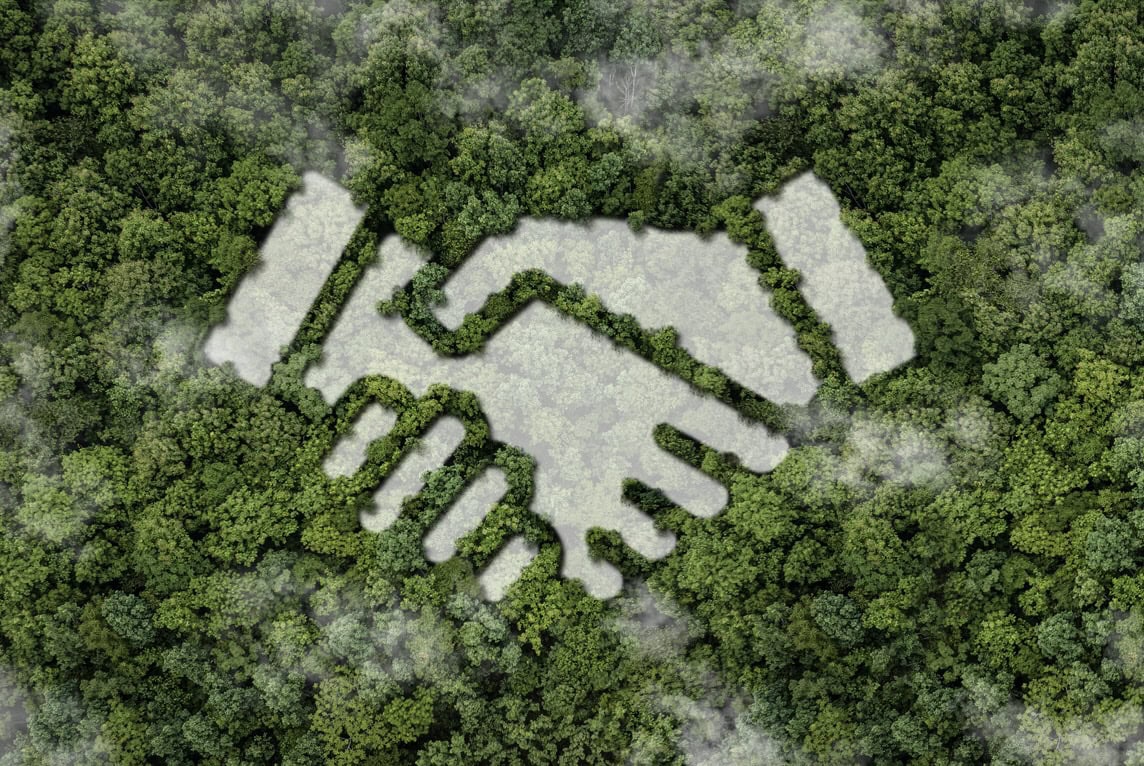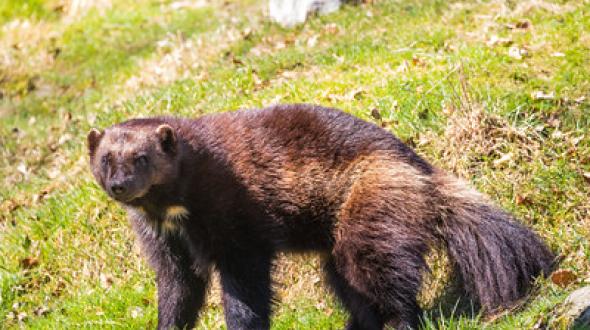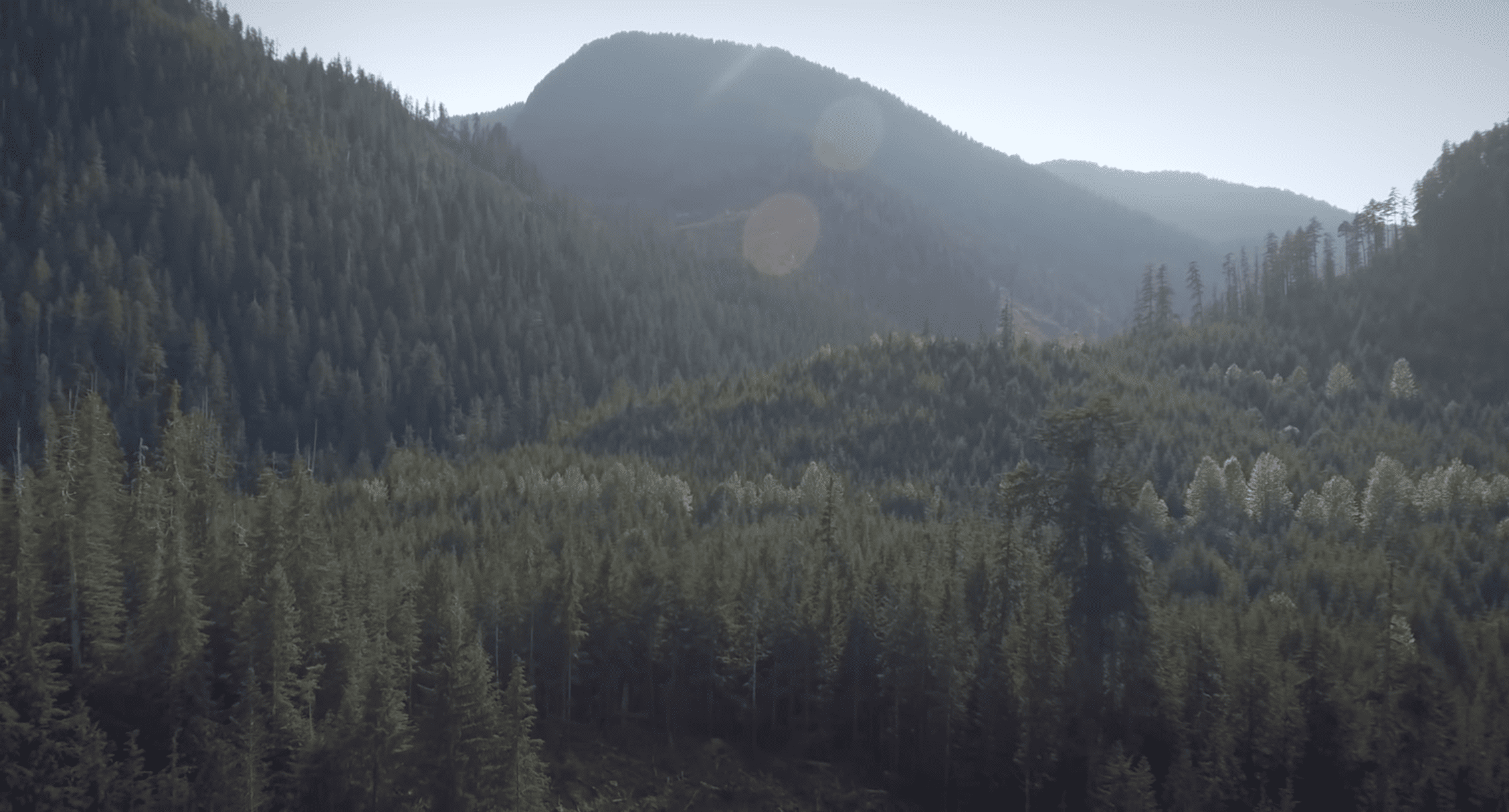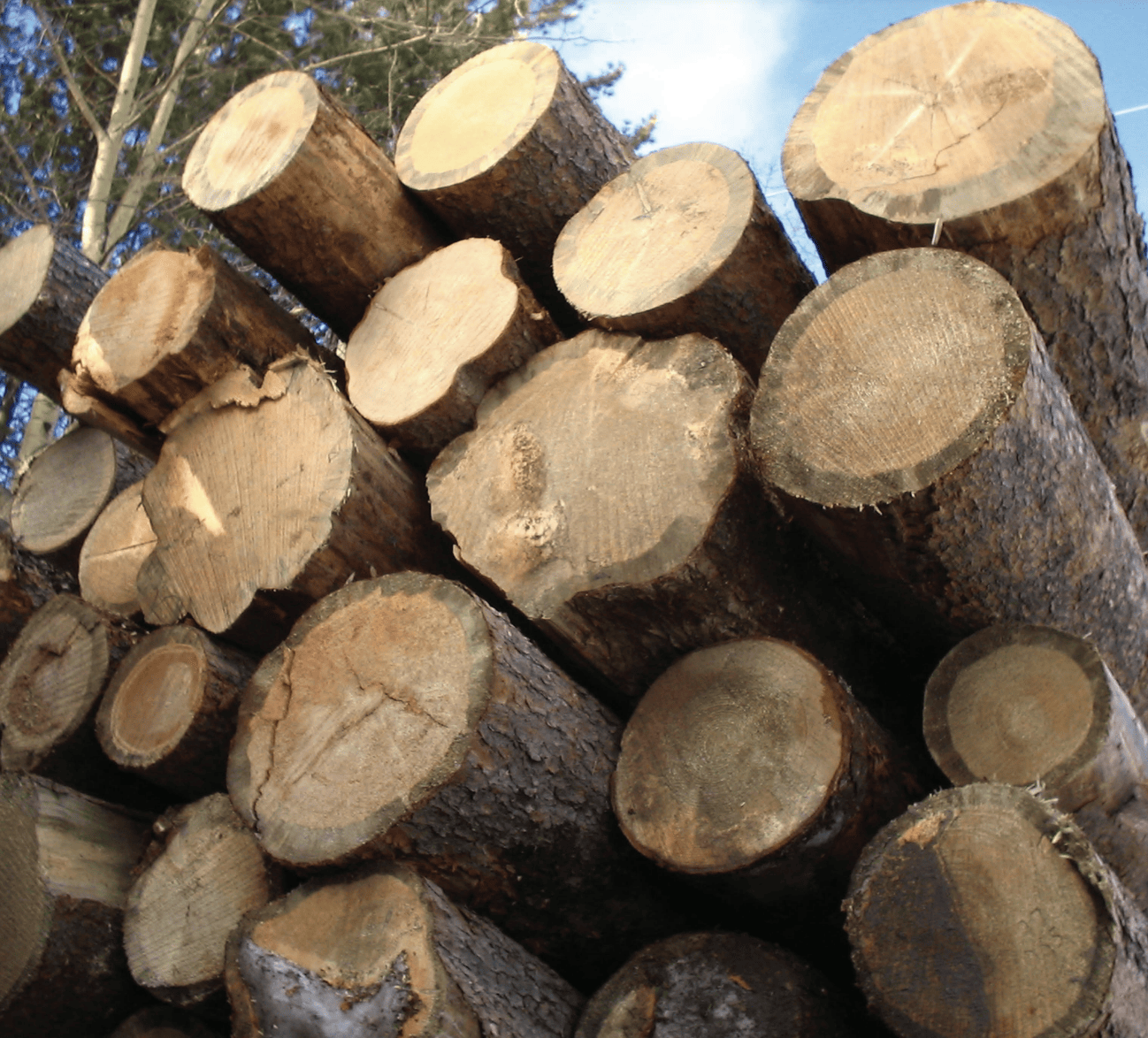Management and Systems Planning with Conservation Finance in Mind
This free, self-directed learning opportunity is designed to introduce practitioners and researchers working in the parks, protected, and conserved areas field to conservation finance mechanisms and experts.









